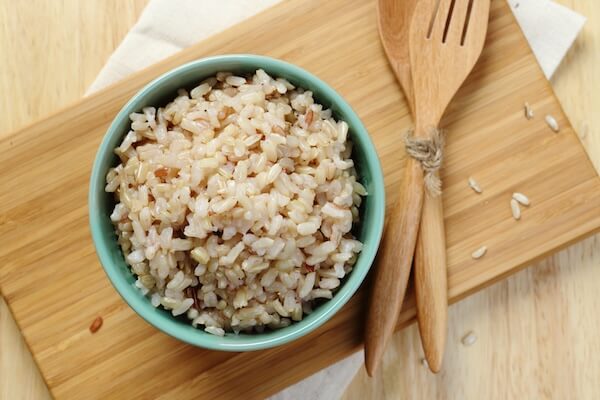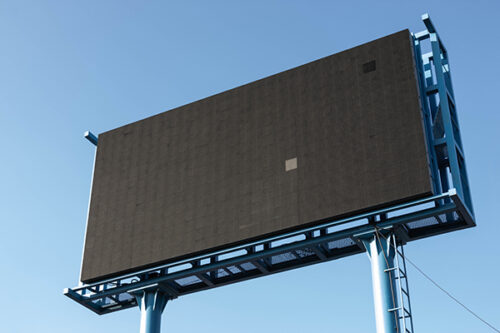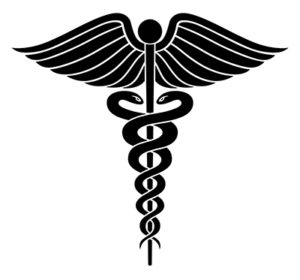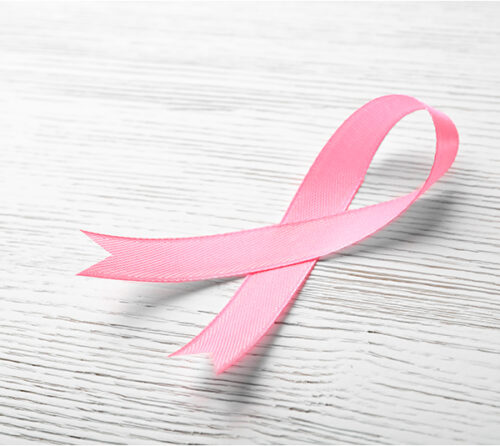The Food Elimination Diet: What You Need to Know

By John McDougall, MD
I am always amazed at the powerful impact diet has on health—even with problems that don’t appear to be diet-related. It shouldn’t be surprising because we interact with the components in our foods more than with air or water.
Because food is so complex, sometimes our bodies react poorly to what we eat—and I’m not talking about our reactions to the SAD (standard American diet). Instead, despite eating healthy, we can still have dietary health problems.
When people are desperate to find relief, they can find out if a change in diet will help them through the food elimination diet.
The Food Elimination Diet: What You Need to Know
How to Approach the Food Elimination Diet
Foods You Can Eat On An Elimination Diet
How You Can Improve Your Health without the Elimination Diet
Lose Weight and Get More Energy
Time to Change Your Diet and Your Life
What Is the Elimination Diet?
The food elimination diet was originally devised for people suffering from allergy problems and is now also used to detect potential food intolerances. The best test for identifying a suspected problem food is to eliminate it and then note if the symptoms disappear. If a person’s health improves, then the suspected food is added back to the diet to see if the illness returns.
If it does, that confirms the diagnosis.
Eliminating the villainous substances is the ultimate and only treatment for “curing” the allergy and other food-induced problems.
Symptoms of Food Allergies
A food allergy is like any other type of allergy. When you eat a particular food, your immune system will see that food as a threat and fight it—causing various symptoms. Food allergies can appear at any age, though a majority of the time they’re discovered in childhood.
Food allergy symptoms include:
- Anaphylaxis (acute allergic reaction to something a body has become hypersensitive to)
- Dizziness or feeling faint
- Hives
- Pale or blue coloring of skin
- Repetitive cough
- Shortness of breath
- Stomach cramps
- Swelling tongue
- Tight, hoarse throat
- Trouble swallowing
- Vomiting
- Weak pulse
- Wheezing
Symptoms of Food Intolerances
Food intolerances have more to do with digestive upset than the immune system. A food intolerance means your body struggles to break down a type of food, and that causes a variety of symptoms, like:
- Bloating
- Brain fog
- Diarrhea
- Fatigue
- Flu-like aches and pains
- Gas
- Headaches
- Nausea
- Stomach and bowel irritation
- Stomach pain
How to Approach the Food Elimination Diet
The elimination diet asks you to eat the foods least likely to cause adverse reactions, including allergic reactions. When you begin this diet, allow about one week to completely clear your body of foods eaten before starting the diet.
Start with a Food Diary
A food diary will help you track what you’ve eaten and how you’ve felt during that time. First, start by writing down all the food you eat for about a week. When you start to feel sick, write down the symptoms and when you start feeling them—like a couple hours after you ate or the next day.
If you have any ideas as to what the troublemakers are, feel free to create a list of them, too.
Start the Elimination Process
During the elimination period, all foods should be thoroughly cooked because cooking alters the proteins, making them less likely to provoke an adverse response. By the end of this week, if the trouble was indeed due to food, you will be relieved of your problems, in other words, “cured.”
Reintroduce Items
Once the problems are relieved, you can begin adding the other foods back to your diet, but only one at a time, to determine if any of these caused your unpleasant reactions. For testing purposes, each “new” food should be eaten in large amounts three times a day for three days.
Most reactions occur within a few hours, but some may not show up for several days. If the food does not cause a reaction, you can conclude it is not a troublemaker.
When you do have a reaction to a specific food, you must wait four to seven days before testing the next item. This gives you the time you need to clear your system of that allergy-causing food.
Foods You Can Eat on an Elimination Diet
Here are foods safe to eat while trying the elimination diet.
- Starches (all cooked), including:
-
- Brown rice
- Puffed rice
- Taro (or poi)
- Rice flour
- Sweet potatoes
- Tapioca
- Winter squash
- Most Green and Yellow Vegetables (all cooked), including:
-
- Artichokes
- Asparagus
- Beets
- Beet greens
- Celery
- Chard
- Lettuce
- Spinach
- String beans
- Summer squash
- Avoid onions, green pepper, cucumbers, and radishes; they can be very troublesome for the stomach (indigestion)
- Fruits (all cooked):
-
- Apricots
- Cherries
- Cranberries
- Papaya
- Peaches
- Plums
- Prunes
- Avoid all citrus fruits, including oranges, grapefruits, tangerines, lemons, limes, etc. and tomatoes.
- Condiments:
-
- Only salt is allowed (if not restricted for other health reasons). This means no salad dressings, mustard, lemon juice, vinegar, pepper, or other condiments.
- Beverages:
-
- Water (sparkling water is OK)
How You Can Improve Your Health without the Elimination Diet
If the food elimination diet seems too severe for you right now, then follow the McDougall Program, which eliminates five of the leading causes of food allergies: Dairy products, eggs, chocolate, shellfish, and fish.
If your problems persist, the next suspects to eliminate are wheat, corn, citrus fruits, tomatoes, and strawberries. These are the most frequent causes of adverse reactions among foods in the vegetarian kingdom.
Lose Weight and Get More Energy
The elimination diet is not recommended for the average person seeking relief from obesity, high cholesterol, and generalized fatigue. The standard McDougall approach of a low-fat, vegan diet and exercise will solve the problems for most people.
The Maximum Weight Loss Program eliminates refined foods (including flour products) and sugars, and will help even the most calorie-efficient person lose weight. You could lose up to 15 pounds a month while being part of this program.
Time to Change Your Diet and Your Life
A dietary approach is the most sensible, least expensive, and most effective step you can take for testing and treatment of health problems that once seemed to be a mystery to you and your doctor.
If you’re concerned about how your diet is affecting your health, make sure to contact us, and we can give you guidance towards your next step.
Recommended Articles

Advertising Passed Off As Research, Confuses the Public Again

Securing Respectful Medical Care






